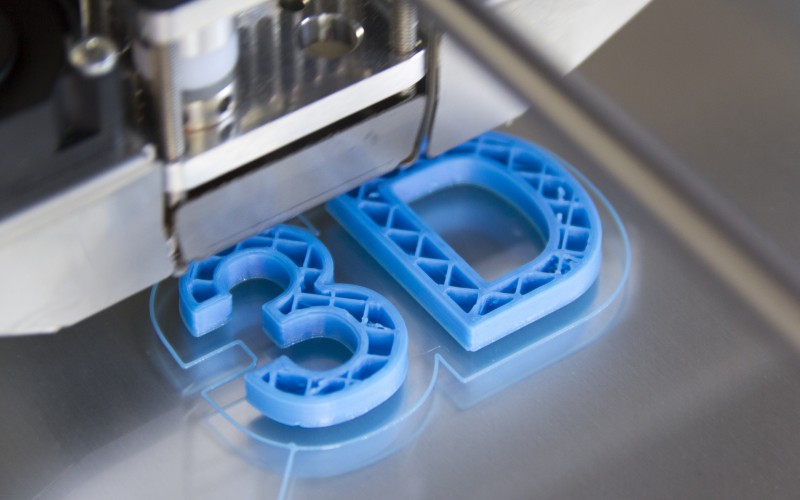
Viewed by some as the future of manufacturing (and potentially the future of piracy), 3D printing technology is older than many people would imagine, emerging in the 1980s. However, decreased prices (with some 3D printers now coming in at under £100) alongside increasing quality have led to the practice becoming more mainstream.
3D printers start with either a scan of an existing physical model or a digital design and deposit either filament or resin to ‘print’ a model from the bottom up. Many 3D printing enthusiasts freely provide their digital files in downloadable format for anyone to use, and it is similarly easy to find sellers who offer personalised 3D prints for sale.
However, 3D printing aficionados should be wary of third party rights they may be inadvertently infringing, especially if they wish to commercialise any prints.
Patents
One key intellectual property right which 3D printing aficionados should be aware of is patents, which protect novel industrial inventions. Both the creation of a digital file of a patented product, and the subsequent printing of that file, are likely to be considered patent infringement.
For example, when an Italian hospital ran short of breathing machine valves during the Covid-19 pandemic, engineers were able to 3D print supplies and prevent further patient problems. However, in doing so they could have been liable for both direct and indirect patent infringement. In the circumstances, potentially owing to the undeniably noble cause, the patent holder opted not to initiate proceedings; this cannot be guaranteed in other scenarios, especially where 3D printed objects are sold for commercial gain.
Trade Marks
Similarly, even if patents have expired, certain aspects of a product may remain protected by trade marks, if aspects of the design can identify the original producer.
For example, the expiry of the patent over the classic Lego brick design expired in 1989, leading to a growth of ‘Lego clones’; mechanically compatible bricks produced and sold by rivals. However, in 2015, the European Court of Justice upheld Lego’s Trade Mark over the shape of its mini figures, meaning it would be trade mark infringement to offer for sale similar looking figures.
As such, while 3D printed personalised mini figures may be acceptable for home use, listing such toys for sale, even as personalised one-offs, could lead to problems.
Copyright / Design Rights
Furthermore, there may also be copyright and design rights at play. Copyright protects the expression of ideas, while design rights protect the appearance of a product (including the shape, colour, and materials) and can be both registered and unregistered.
As such, reproduction via 3D printing, of a product which is protected by copyright and/or design rights could amount to infringement. For example, while creating 3D prints merely featuring protected material could be considered ‘fan art’, just like any other drawing or printed material, this does not mean such prints are not infringement.
Where does this leave you?
The overarching message that 3D printing fans should take away is that any form of commercialisation of their prints could be incredibly risky. In almost all cases, knowledge or intention is not a prerequisite for proving infringement.
This should not discourage anyone from printing for their own personal use and enjoyment, but even selling small prints to friends could carry a risk.
However, it may be that the rights holders have come to an arrangement with regards 3D printing. For example, creators on many 3D printing marketplaces upload their files with a license for anyone to use or amend them. Indeed, in 2014 Hasbro partnered with Shapeways (a 3D printing marketplace) to allow My Little Pony artists to create 3D ‘fan art’ without fear of infringement proceedings.
How can Thorntons help?
If you are looking at protecting your own intellectual property rights, or acquiring a license to/ownership over another’s, it is crucially important to obtain legal advice before, during, and after the transaction, especially in novel areas such as digital assets. With experts in the field, including a Chartered Trade Mark Attorney, we will guide you through the process, providing you with a bespoke service tailored to your business’s needs. Please do not hesitate to get in contact with us on 03330 430350 if you have any questions.

